Combining two cutting-edge technologies, researchers revealed the impact of a multitude of genes that are associated with neurodevelopmental disorders, including autism, but whose effects on human brain development were previously unknown.
Category: biotech/medical – Page 795
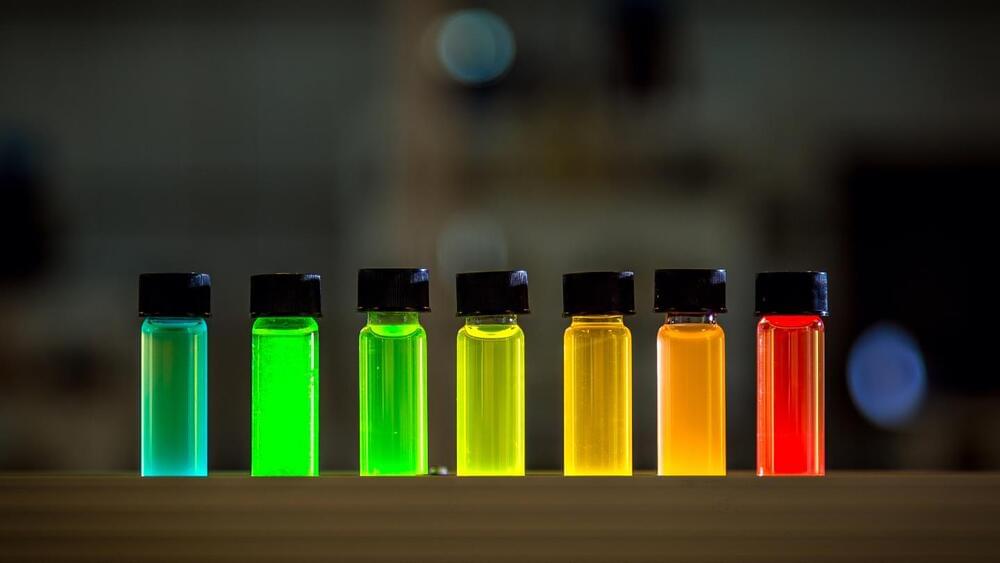
Cancer, Metabolism, and Food: A New Way to Look at Potential Therapies
Cancer relies on metabolism pathways to grow, which has Rogel Cancer Center researchers looking at how to use food and diet to exploit cancer’s vulnerabilities as a foundation of new potential therapies.
Learn more about the cancer research being done at University of Michigan Health Rogel Cancer Center: https://www.rogelcancercenter.org/research/programs.
Follow michigan medicine on social media:
Twitter: https://twitter.com/umichmedicine.
Instagram: https://www.instagram.com/umichmedicine/
Facebook: https://www.facebook.com/MichiganMedicine/
Follow the Rogel Cancer Center at Michigan Medicine on Social Media:
Twitter: https://twitter.com/umrogelcancer.
Facebook: https://www.facebook.com/UMRogelCancerCenter/

Study identifies jet-stream pattern that locks in extreme winter cold, wet spells
Winter is coming—eventually. And while the Earth is warming, a new study suggests that the atmosphere is being pushed around in ways that cause long bouts of extreme winter cold or wet in some regions.
The study’s authors say they have identified giant meanders in the global jet stream that bring polar air southward, locking in frigid or wet conditions concurrently over much of North America and Europe, often for weeks at a time. Such weather waves, they say, have doubled in frequency since the 1960s. In just the last few years, they have killed hundreds of people and paralyzed energy and transport systems.
The new paper, titled “Recent Increase in a Recurrent Pan-Atlantic Wave Pattern Driving Concurrent Wintertime Extremes,” appears this week in the Bulletin of the American Meteorological Society.
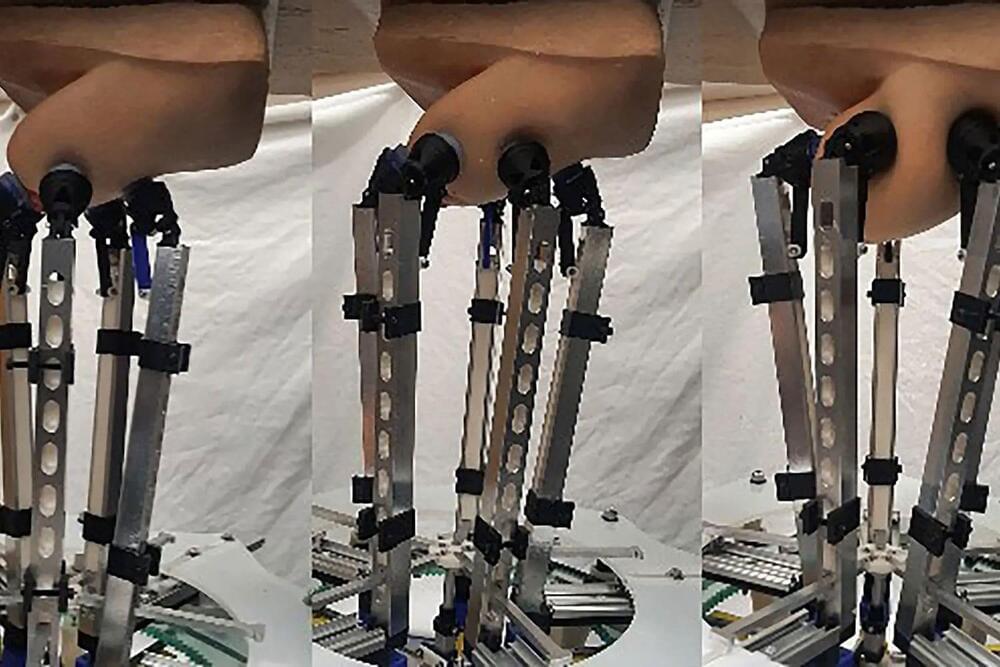
New robot could help diagnose breast cancer at an early stage
“We hope that the research can contribute to and complement the arsenal of techniques used to diagnose breast cancer and to generate a large amount of data associated with it that may be useful in trying to identify large-scale trends that could help diagnose breast cancer early,” George added.
The team next plans to combine CBE techniques learned from professionals with AI and fully equip IRIS with sensors to determine the effectiveness of the whole system in identifying potential cancer risks. The ultimate goal is to have the manipulator detect lumps more accurately and deeper than it is possible only by applying human touch.
This promising development could revolutionize how women monitor their breast health. With safe electronic CBEs located in easily accessible places like pharmacies and health centers, women could have access to accurate results and take a proactive approach to their health.
Non-Invasive Respiratory Support
Speaker: Robert Hyzy, MD
This lecture explores the use of non-invasive ventilation and high flow nasal cannula in patients with respiratory failure both as a means of avoiding endotracheal intubation and invasive mechanical ventilation as well as in preventing reintubation.
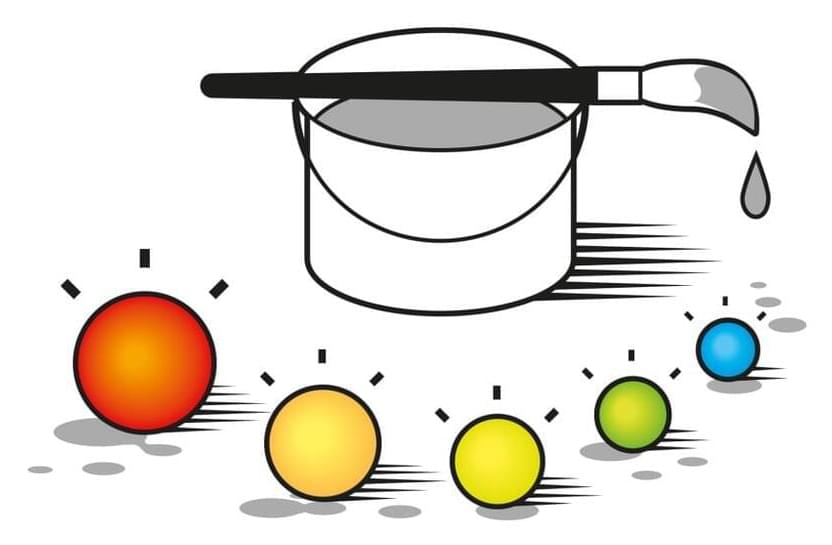
The Nobel Prize in Chemistry 2023
Moungi G. Bawendi, Louis E. Brus and Alexei I. Ekimov are awarded the Nobel Prize in Chemistry 2023 for the discovery and development of quantum dots. These tiny particles have unique properties and now spread their light from television screens and LED lamps. They catalyse chemical reactions and their clear light can illuminate tumour tissue for a surgeon.
“Toto, I’ve a feeling we’re not in Kansas anymore,” is a classic quote from the film The Wizard of Oz. Twelve-year-old Dorothy faints onto her bed when her house is swept away by a powerful tornado, but when the house lands again and she steps outside the door, her dog Toto in her arms, everything has changed. Suddenly she is in a magical, technicolour world.
If an enchanted tornado were to sweep into our lives and shrink everything to nano dimensions, we would almost certainly be as astonished as Dorothy in the land of Oz. Our surroundings would be dazzlingly colourful and everything would change. Our gold earrings would suddenly glimmer in blue, while the gold ring on our finger would shine a ruby red. If we tried to fry something on the gas hob, the frying pan might melt. And our white walls – whose paint contains titanium dioxide – would start generating lots of reactive oxygen species.
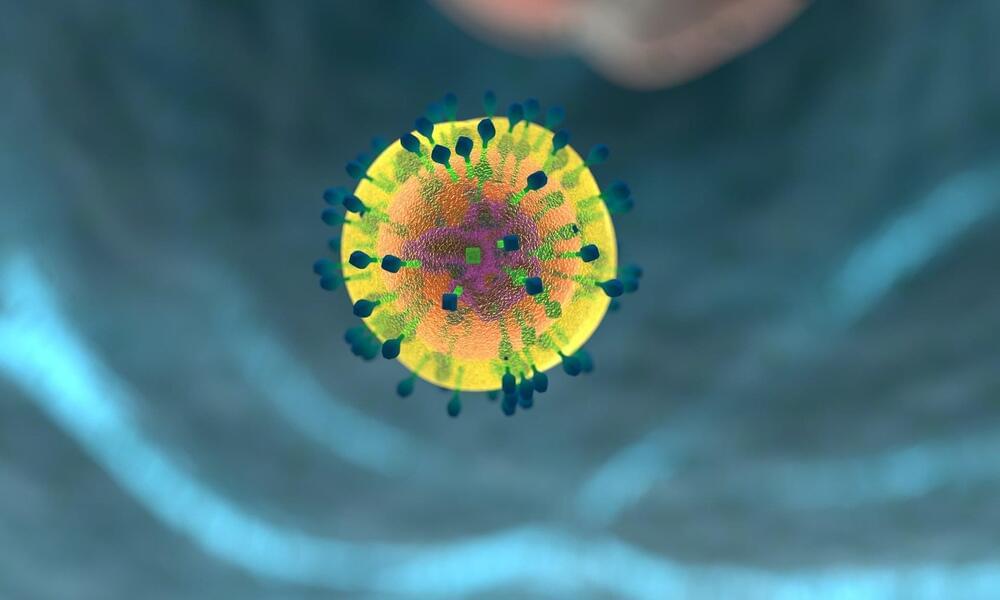
Cancer immunotherapy candidate provokes powerful dual response in cancer and immune cells
Cancer immunotherapy drugs called PD-1 inhibitors are widely used to stimulate the immune system to fight cancer, but many patients either don’t respond or develop resistance to them. A new small-molecule drug candidate being tested in an early-stage clinical trial aims to improve patient responses to immunotherapy.
Now scientists have shown, in a study published in Nature, that the small molecule works through two different mechanisms to slow tumor growth and increase survival in lab animals.
Researchers from the Tumor Immunotherapy Discovery Engine (TIDE) at the Broad Institute of MIT and Harvard, AbbVie, and Calico Life Sciences report that the molecule simultaneously makes tumors more sensitive to immune attack and boosts the activity of immune cells to fight tumors in mice.
Using Nanoparticles to Treat Cancer
PhD candidate at UniSA’s Applied Chemistry and Translational Biomaterials (ACTB) Group, Cintya Dharmayanti, has taken out UniSA’s 2021 Three Minute Thesis (3MT) with a condensed presentation of her research about developing nanoparticles for cancer treatment, potentially leading to more effective treatments and reduced side effects. She will be competing in the 2023 FameLab National Finals with a presentation titled, “Behind enemy lines: Tiny assassins in the war against cancer.
For more from University of South Australia visit: https://www.unisa.edu.au/connect/alumni-network/alumni-news/…Track=true.
UniSA Homepage:
https://www.unisa.edu.au/
UniSA Facebook:
https://www.facebook.com/UniSA/
https://www.facebook.com/UniSANewsroom/
UniSA Twitter:
Tweets by UniversitySA
UniSA Instagram:
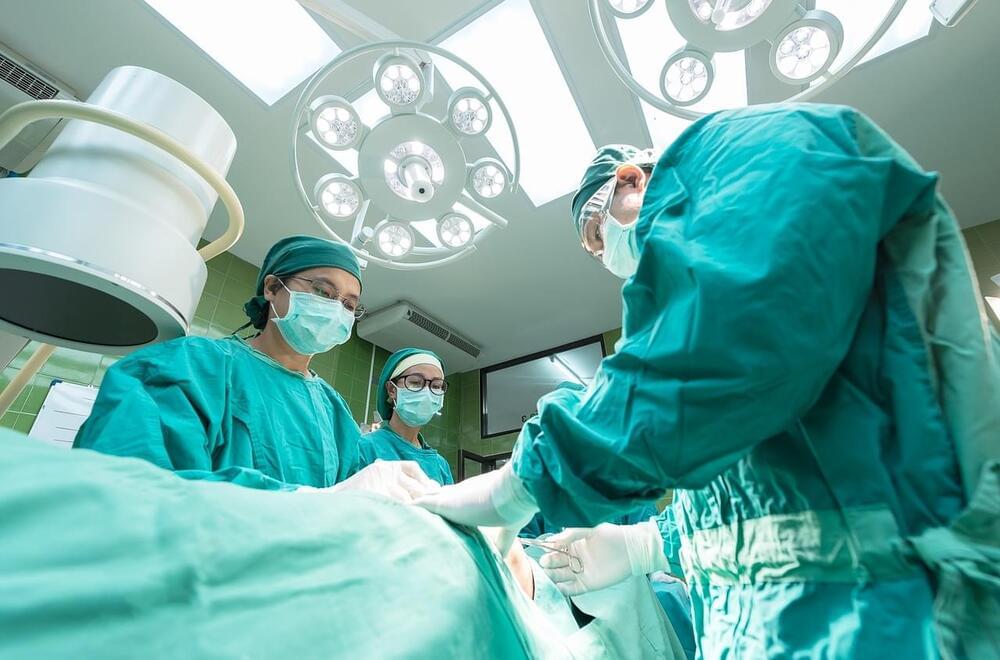
Immunotherapy Prior to Surgery Improves Cancer Treatment Outcomes
Within the last century different ways have been developed to fight cancer. The most recent type of therapy includes immunotherapy. Immunotherapy activates the immune system to recognize and target the tumor that was initially undetectable. The most common immunotherapy treatments include anti-programmed death-1 (anti-PD-1) and anti-cytotoxic T lymphocyte-associated antigen (anti-CTLA-4). The two therapies are known as checkpoint inhibitors because they block cell signaling between immune cells and cancer which allow immune cells to be activated and kill the tumor. For their work on both of these therapies, Dr. James Allison and Dr. Tasuku Honjo were awarded the Nobel Prize in Physiology or Medicine in 2018. Since the discovery of these checkpoint inhibitors, they have been used in multiple settings as single-agent therapies or in combination against many different cancers.
The use of checkpoint inhibitors before therapy or as a neoadjuvant has grown as a possible treatment in various cancer types. According to researchers at the Bloomberg-Kimel Institute for Cancer Immunotherapy and the Johns Hopkins Kimmel Cancer Center medicine, checkpoint inhibitors have just touched the surface in neoadjuvant immunotherapy. Researchers including Suzanne Topalian, Director of Johns Hopkins Melanoma/Skin Cancer Program, believe that cancer immunotherapy has a lot of rich untapped potential that can be used to further improve treatments.
Neoadjuvant immunotherapy, or therapy prior to surgery, has since been tested in various clinical trials. In some tumor types this form of therapy has resulted in complete tumor eradication. The report published in Cancer Cell highlights successful clinical trials in cancers such as lung, triple-negative breast, skin, and gastrointestinal. Although this therapy is still highly underdeveloped, the US Food and Drug Administration (FDA) has already approved neoadjuvant immunotherapy in triple-negative breast and lung cancer. It is expected that more approvals will follow for other cancer types.